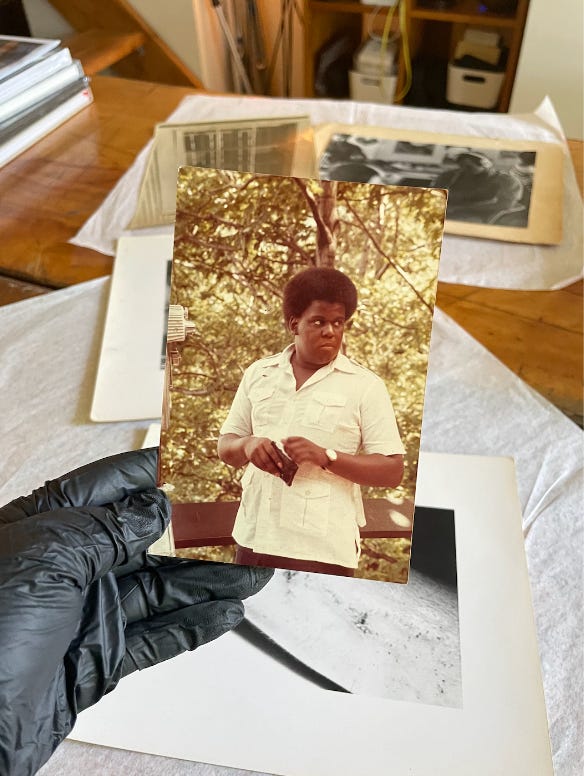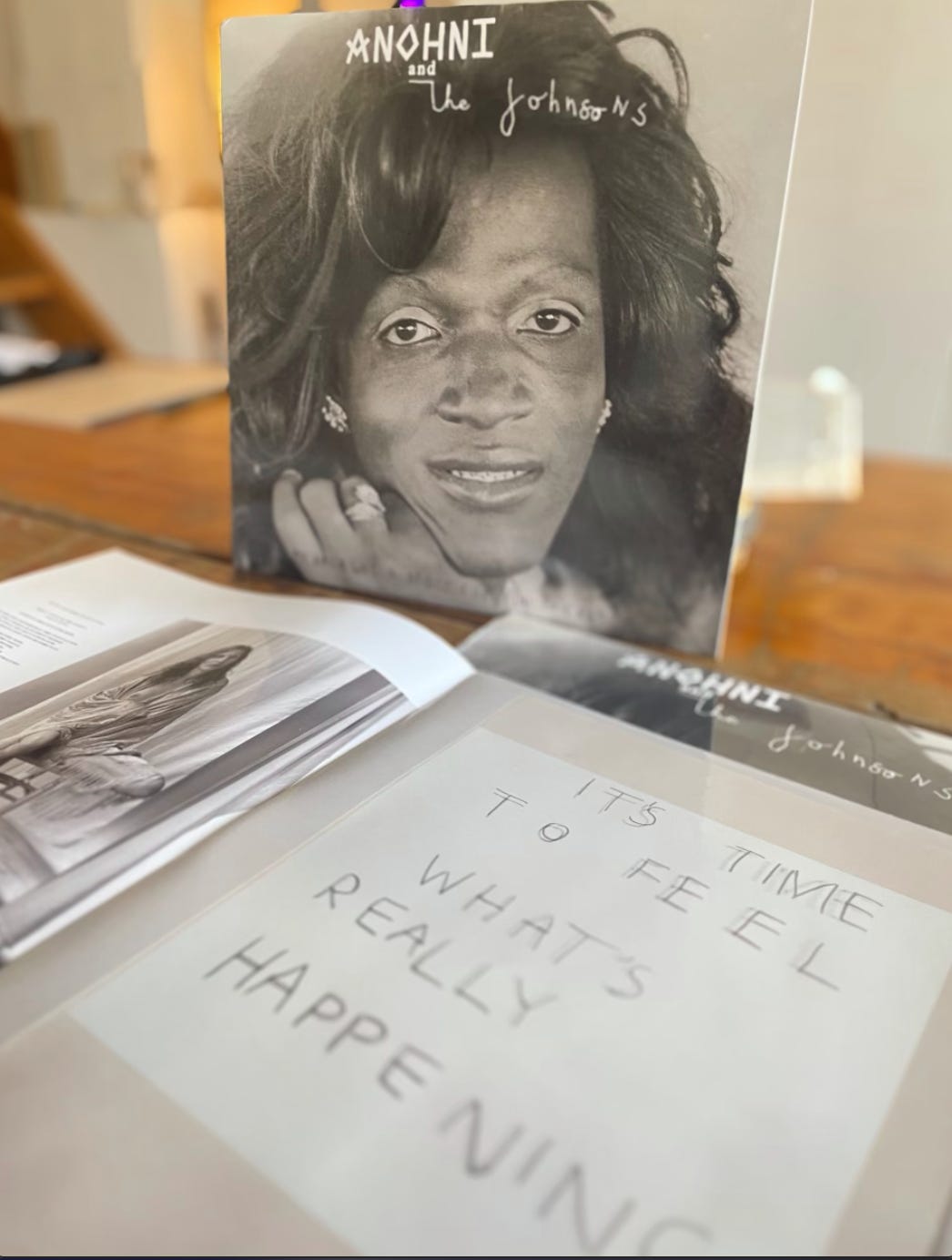Alvin Baltrop (1948–2004) was a visionary whose photography immortalized the decaying beauty of New York City’s Hudson River piers during the 1970s and 1980s. These once-abandoned structures became vibrant spaces for art, intimacy, and resistance, revealing the raw, unapologetic lives of marginalized communities. Baltrop’s lens captured moments that many overlooked or avoided, from clandestine encounters to stark urban landscapes, embodying a mix of voyeuristic curiosity and compassionate storytelling. Despite encountering systemic biases in the art world, Baltrop’s work is now celebrated for its profound social and artistic impact.
In this issue, we delve into his archive, showcasing newly discovered, never-before-seen images, and share updates on the latest news and ongoing projects that celebrate his enduring legacy.
Yona Backer, Founder of Third Streaming LLC
Updates From the Archive: Randa Elsayed, Archivist
As I have delved into our team’s most recent unboxing of Alvin Baltrop’s works, I am reminded of the sentiment offered by Maya Angelou, “If you're going to live, leave a legacy. Make a mark on the world that can't be erased.”
I often find myself lost in the details of Alvin Baltrop’s life and story and even more so infatuated with the honor and grace with which he photographed the individuals he loved. These past few months have been monumental for Third Streaming’s work with the Alvin Baltrop Trust.
We have begun to document a rich collection of never-before-seen photos from Baltrop’s life, each adding depth and nuance to the profound narrative of cherished relationships—formed and lost, friendships discovered and embraced, and lovers who shared love in all its complexity. As we navigate our day-to-day, capturing images of our own lives and preserving fleeting moments we yearn to hold, we document stories and imagine the legacies we hope to leave behind. Baltrop, without question, established a legacy to be both celebrated and remembered.
Old and New Friends
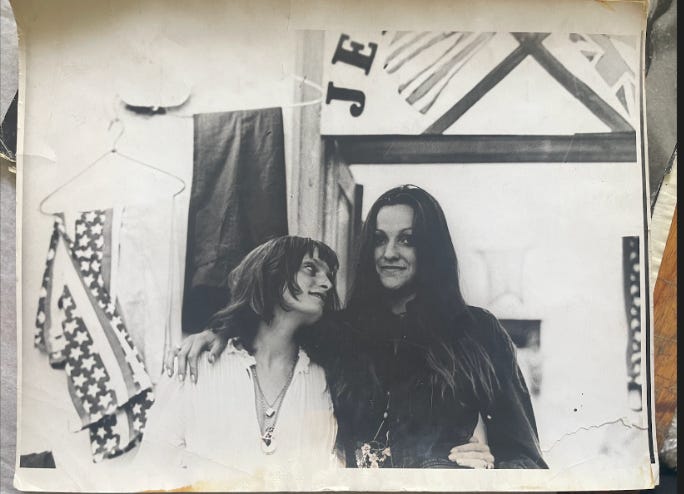
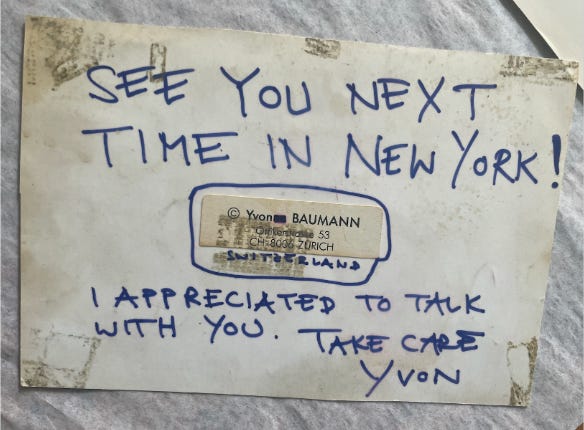
The recent discovery of new photographs has been exciting, but what is even more compelling is the wealth of handwritten notes by Baltrop that accompany many of these images. These notes include details about the subjects featured in the photos, titles of artworks, reflections on their content, and even the dating of certain pieces, allowing us to assign specific years to previously undated images. This archival breakthrough not only enhances the visual and historical narrative of Baltrop’s oeuvre but also offers invaluable context and insight into his life and creative process.
These notes offer a glimpse into Baltrop’s personal world, deepening our understanding of the social, cultural, and personal influences that shaped his art. They enrich the historical record of Black and Queer experiences during a transformative era, shedding light on stories that are often overlooked. Preserving and studying these materials is essential to honoring Baltrop’s legacy and ensuring his unique perspective is acknowledged within the broader canon of photography and cultural history.
The photos showcased above include a rare instance where Baltrop paused to photograph a female couple, capturing a moment that markedly contrasts with his usual subjects. The second photograph captures the back of a photograph signed by fellow photographer Yvon Baumann, expressing gratitude to Baltrop for his good company and conversation during her time in New York City.
Recent Exhibitions
Shifting Shorelines: Art, Industry, and Ecology Along the Hudson River | Wallach Art Gallery | October 5, 2024 - January 12, 2025

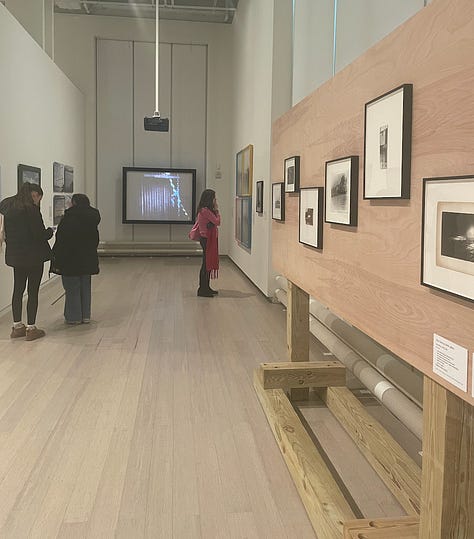
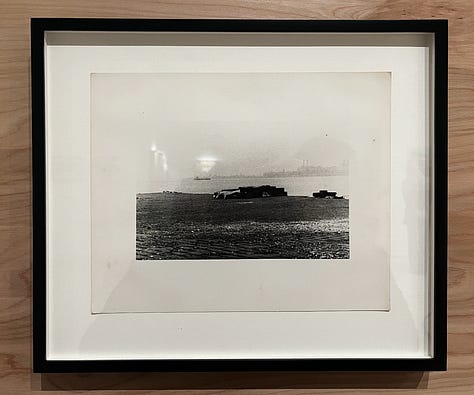
The Wallach Art Gallery’s Exhibit “Shifting Shorelines” combined historic and contemporary art and visual culture to explore the human, commercial, and industrial history along the Hudson River. It showcased the river’s unique features alongside docks, factories, and buildings alongside contrasting images which reveal cycles of exploitation and reclamation. The exhibition included images by Every Ocean Hughes and Gordon Matta-Clark alongside Alvin Baltrop’s photographs.
By contrasting idealized images of the river as a natural paradise with depictions of exploitation and environmental harm, the exhibition challenges traditional art historical narratives that often prioritize white male artists. It aimed to present a richer, more nuanced perspective on the river's legacy, life, and livelihoods by including the voices and experiences of diverse creators.
Baltrop’s works—featured above—were included in the exhibition to shed light on the lesser-discussed aspects of queer life on the Hudson River, offering deeper insights into the culture of the piers. Baltrop’s photographs, alongside works by Every Ocean Hughes and Gordon Matta-Clark, tell a story of the piers over time, highlighting their rich cultural history and its significance in the present day.
Spotlighting
God made my face, Hilton Als
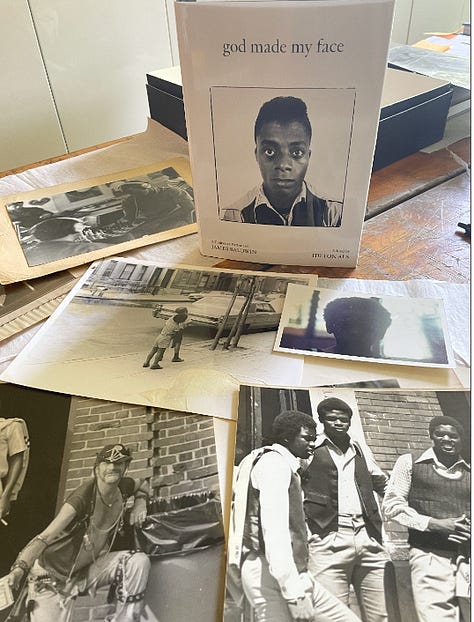

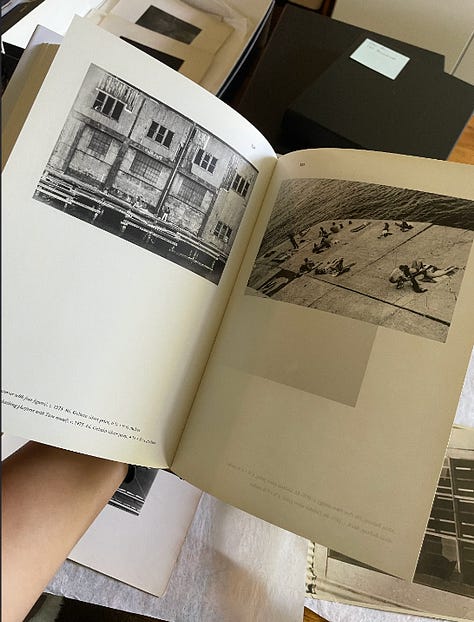
Alvin Baltrop is featured in the book God Made My Face: A Collective Portrait of James Baldwin as an artist whose work aligns with the themes Baldwin explored throughout his life, particularly those of queerness and identity. Baltrop’s silver gelatin prints, which document the gay cruising scenes at New York City's piers, echo Baldwin’s contemplations on sexuality and the complexities of human relationships.
The book stems from a 2019 exhibition curated by Hilton Als at the David Zwirner Gallery in New York. It includes reproductions of select artworks from the exhibition, accompanied by illuninating essays from Als, critic Teju Cole, filmmaker Barry Jenkins, novelist Jamaica Kincaid, and others.
Highlighting artworks that engage with Baldwin’s multifaceted identity, the book offers a nuanced portrait of Baldwin and his enduring influence on contemporary artists. The publication celebrates the profound ways Baldwin has both influenced and been influenced by the cultural and artistic contexts around him.
ANOHNI and The Johnsons
My Back Was a Bridge for You to Cross —
ANOHNI’s sixth studio album, My Back Was A Bridge For You To Cross, offers a deeply personal yet expansive reflection on themes of loss, inequality, alienation, and environmental devastation, while also exploring possibilities for societal and spiritual transformation. ANOHNI speaks of creating music that strengthens and comforts those on the front lines of activism, helping listeners discover connection and resilience in a fragmented world.
The album’s connection to queerness is powerfully conveyed through its cover art; a photograph of Marsha P. Johnson taken by Alvin Baltrop reflecting ANOHNI’s long-standing relationship with Johnson’s memory and her continued exploration of identity, community, and justice.
Baltrop’s work, which frequently captured overlooked queer lives, aligns with ANOHNI’s intent to create art that is both intimate and transformative. Accompanied by the statement, “It’s time to feel what’s really happening,” the album represents a moment of artistic ingenuity for ANOHNI, as she skillfully balances raw emotional intensity with a commitment to helping others navigate today’s challenges with dignity and hope.


